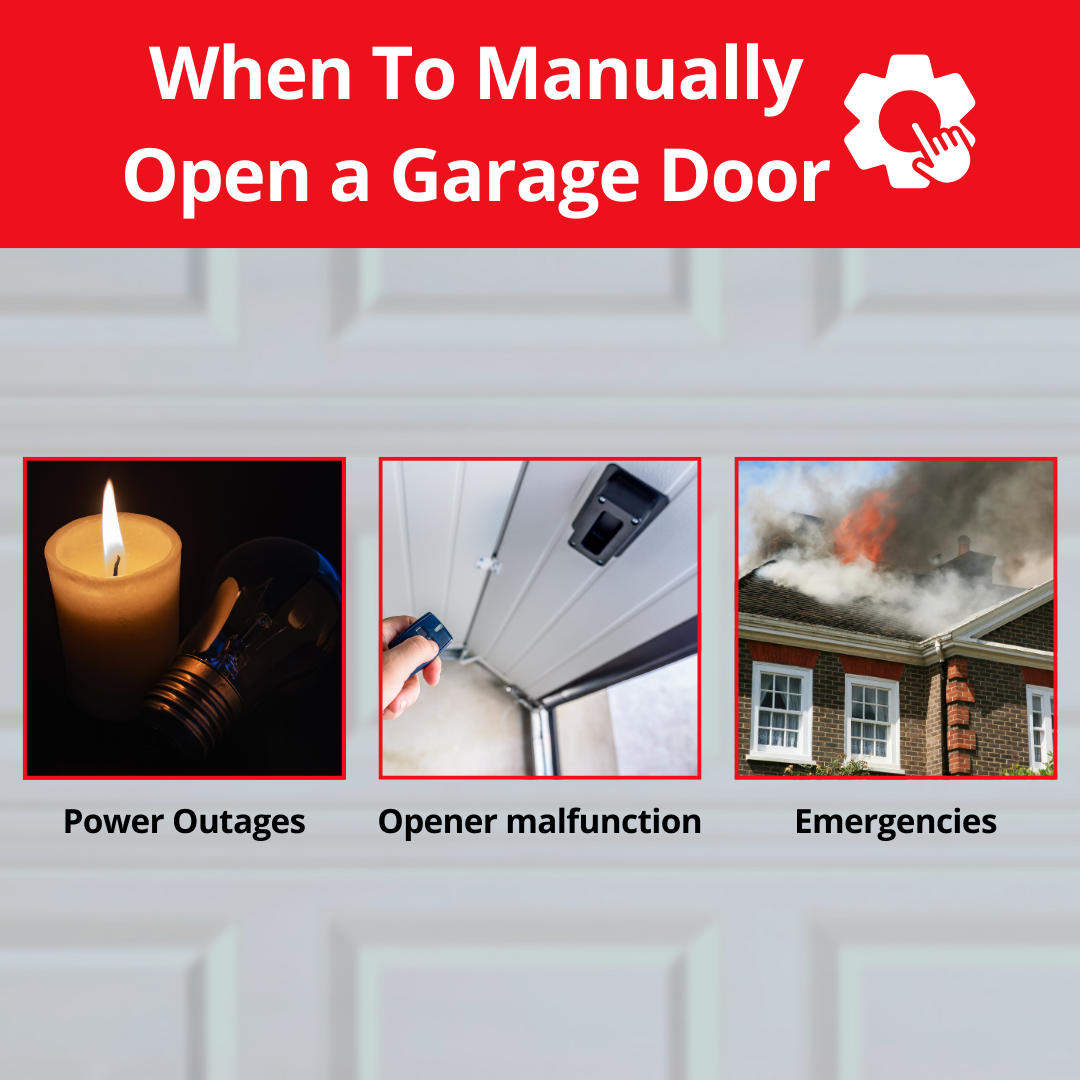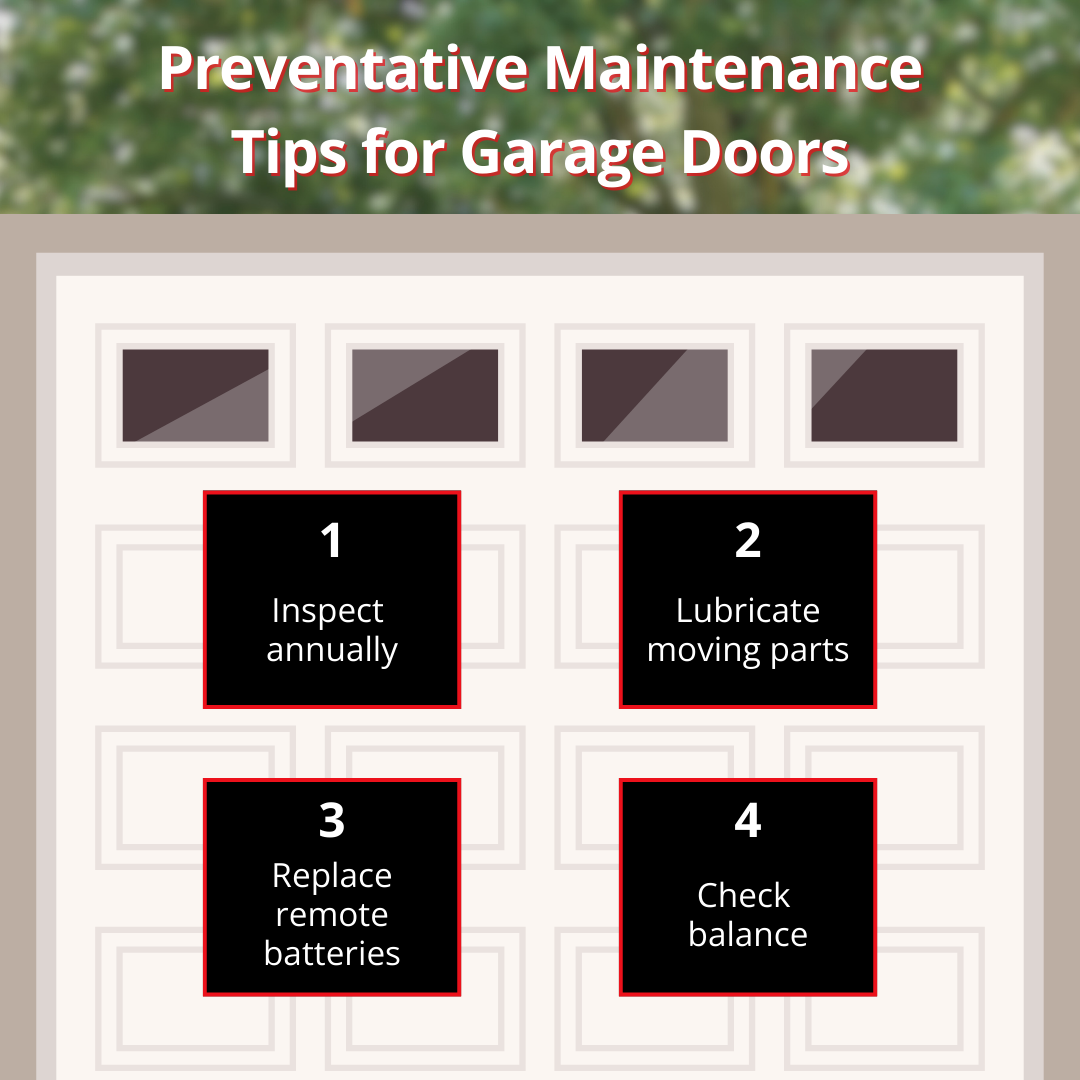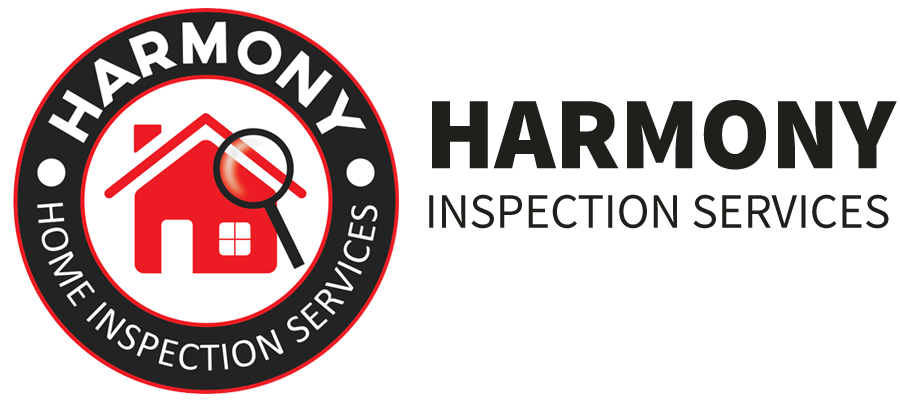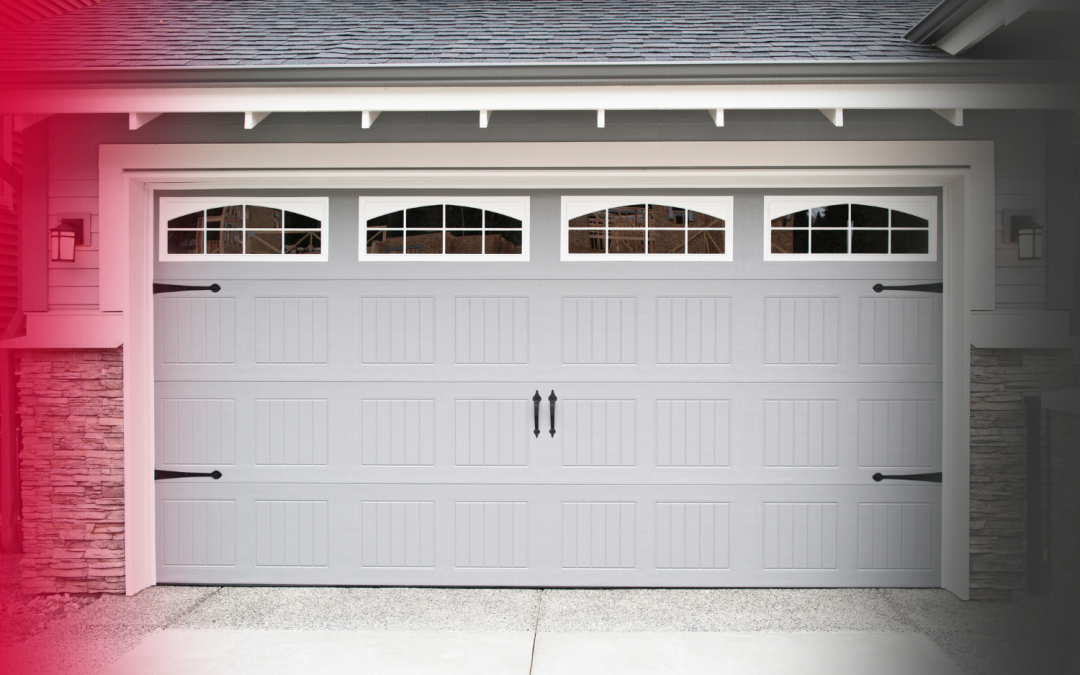Knowing how to manually open a garage door is an important skill for any homeowner. Power outages, opener malfunctions, or emergencies can leave you unable to use your automatic system, but with the right steps, you can still operate your door safely. Because garage doors are heavy and under tension, using the proper method helps prevent injuries and damage.
In this guide, we’ll share five essential tips to manually open your garage door safely and explain when it’s best to call a professional for help.
Why Would You Need to Manually Open a Garage Door?
Most homeowners don’t think about how much they rely on their garage door until it stops working. Automatic openers provide convenience, but there are several times when they may fail.
- Power outages: Without electricity, your garage opener won’t function.
- Opener malfunction: A dead remote battery, wiring issue, or motor failure can stop normal operation.
- Emergencies: If you need to leave quickly, such as during a fire, manual operation could save valuable time.
Before you try to lift the door, always check its condition. If it looks unstable or damaged, forcing it could create more problems.

5 Steps to Manually Open Your Garage Door
1. Disconnect the Opener Correctly
Every modern garage door has an emergency release cord, typically a red handle hanging from the opener rail. This cord disconnects the door from the motor, allowing it to be lifted manually.
Pull the cord firmly, but only do this when the door is fully closed. If you pull the cord while the door is open, gravity can cause it to slam shut quickly, creating a dangerous situation.
2. Check the Door’s Balance Before Lifting
With the opener disconnected, gently lift the door a few inches. If it moves smoothly and stays in place without sliding back down, the door is balanced.
If the door feels extremely heavy or immediately falls, the springs may be broken or worn. Garage door springs carry most of the door’s weight, and when they fail, lifting becomes unsafe. This is one of the clearest signs that you should stop and call a technician or a home inspector.
3. Use Proper Lifting Technique
A garage door’s weight can surprise many homeowners. To avoid injury:
- Place both hands firmly on the bottom edge.
- Keep your feet shoulder-width apart.
- Bend your knees and lift with your legs, not your back.
- Guide the door up slowly and steadily.
Never yank or jerk the door open. Moving too quickly can cause it to come off the track or slip out of your control.
4. Secure the Door Once It’s Open
After the door is open, it’s critical to make sure it stays in place. If your door has a manual slide lock or latch, engage it immediately.
If not, you can place a sturdy clamp or locking pliers on the track just below the bottom roller to hold the door up. This step is especially important if you’ll be walking or driving under the door. Without support, the door could slide shut without warning, creating a safety hazard.
5. Reconnect the Opener Safely
When power returns or the opener has been repaired, you’ll want to restore normal operation. To do this, pull the release cord toward the opener motor. Then, press the opener button to re-engage the system.
Once the door is reconnected, open and close it a few times automatically to make sure everything is working smoothly again. If it doesn’t re-engage properly, there may be a deeper issue with the opener system and it may need to be removed or replaced.
Replacing a garage door can cost anywhere from $715 to $1,554.
Safety Risks to Watch Out For
While manually opening a garage door is possible, it does come with risks. Be cautious of:
- Broken springs or cables: These parts hold high tension and can snap unexpectedly.
- Doors off-track: Forcing a door that isn’t aligned can bend the tracks or damage rollers.
- Unstable doors: A door that doesn’t balance properly may slam shut.
If you notice any of these issues, do not attempt to lift the door on your own. Contact a professional right away.
Preventative Maintenance Tips for Garage Doors
The best way to avoid needing manual operation is through regular maintenance. A well-maintained garage door is less likely to fail during an outage or emergency.
- Inspect annually: Have a professional inspect springs, cables, and rollers once a year.
- Lubricate moving parts: Keeping hinges and rollers greased reduces wear.
- Check balance: Test the balance by lifting the door halfway. If it doesn’t stay in place, it may need adjustment.
- Replace remote batteries: Simple but often overlooked.
Regular checks extend the lifespan of your door and keep it operating safely.

When Should You Call a Professional for Garage Door Issues?
Manually opening your garage door is helpful, but it’s only a temporary solution. If your door feels heavy, unbalanced, or unsafe, forcing it could cause further damage.
You should call a professional if:
- The door will not lift easily after disconnecting.
- You notice broken springs, snapped cables, or bent tracks.
- The door slams shut instead of staying in place.
- The opener fails to reconnect or keeps malfunctioning.
Garage door systems have parts under extreme tension, such as springs and cables. Attempting to repair or adjust them without training can be dangerous. Professional technicians have the right tools and expertise to fix the issue safely.
Harmony Home Inspection Services supports property owners with inspections and property management services, helping ensure mechanical systems like garage doors stay reliable and safe.
Related Questions
What should I do if my garage door opener won’t re-engage?
Check the release cord position and the opener track. If it still won’t work, the opener may need professional service.
What other systems should be inspected along with my garage door?
Along with the garage, inspections should include electrical systems, plumbing, roofing, and HVAC to give a full picture of your home’s safety and efficiency.
Can a home inspection include checking my garage door?
Yes. Professional inspections often look at garage door balance, safety features, and opener function to spot issues homeowners may miss.
What signs mean I should schedule a property inspection for my garage door?
If the door feels heavy, makes unusual noises, or doesn’t open smoothly, it’s a good idea to have a professional inspection before it becomes unsafe.
How often should I have my garage door inspected by a professional?
At least once a year. Regular inspections help identify worn springs, cables, or opener problems early, saving you from costly emergency repairs.
Conclusion
Knowing these 5 tips to manually open your garage door safely prepares you for power outages, equipment failures, or emergencies. By disconnecting the opener correctly, checking balance, lifting with care, securing the door, and reconnecting safely, you can operate your garage door without risking harm.
Still, if your door feels unstable or the opener continues to malfunction, it’s best to get professional help.
For homeowners, Harmony Home Inspection Services offers property inspections and management services to help keep your home safe and reliable. If you’re dealing with garage door issues or other maintenance concerns, our team can help you find the right solutions.

